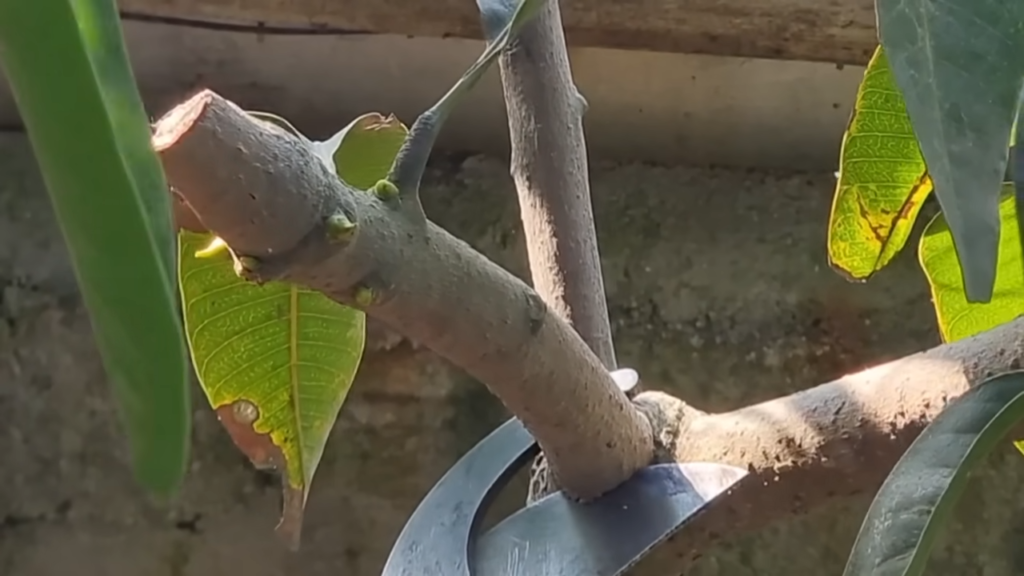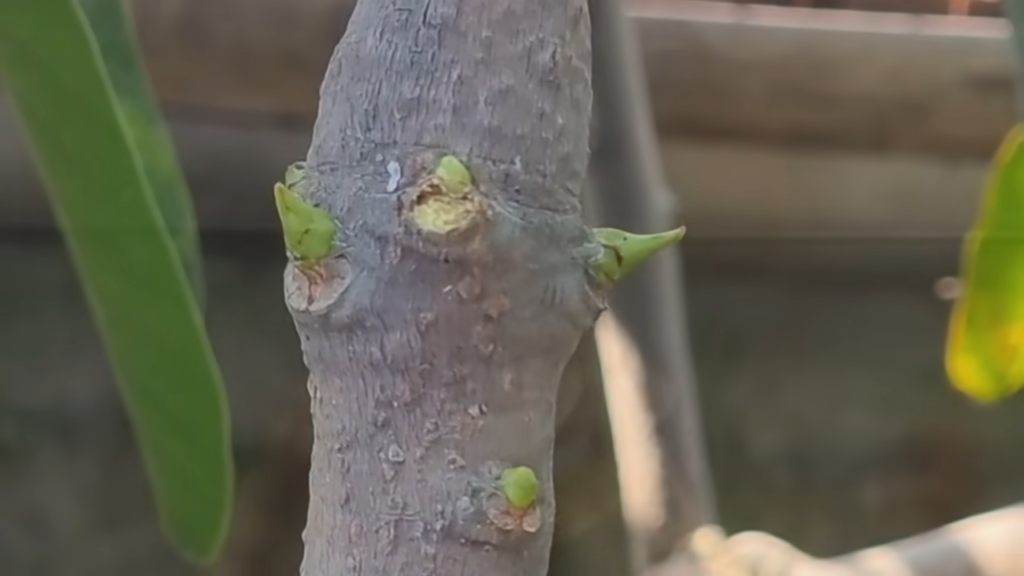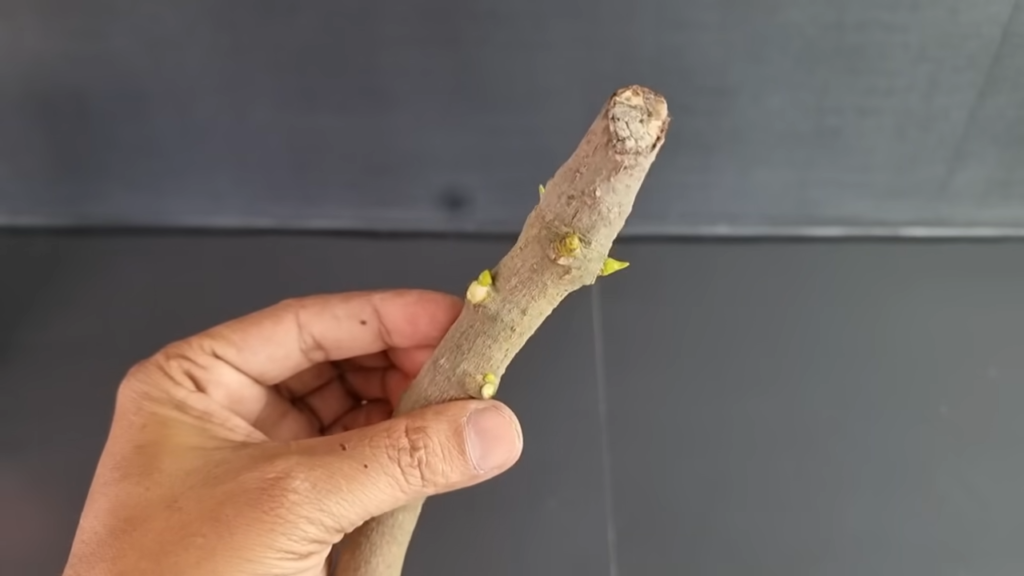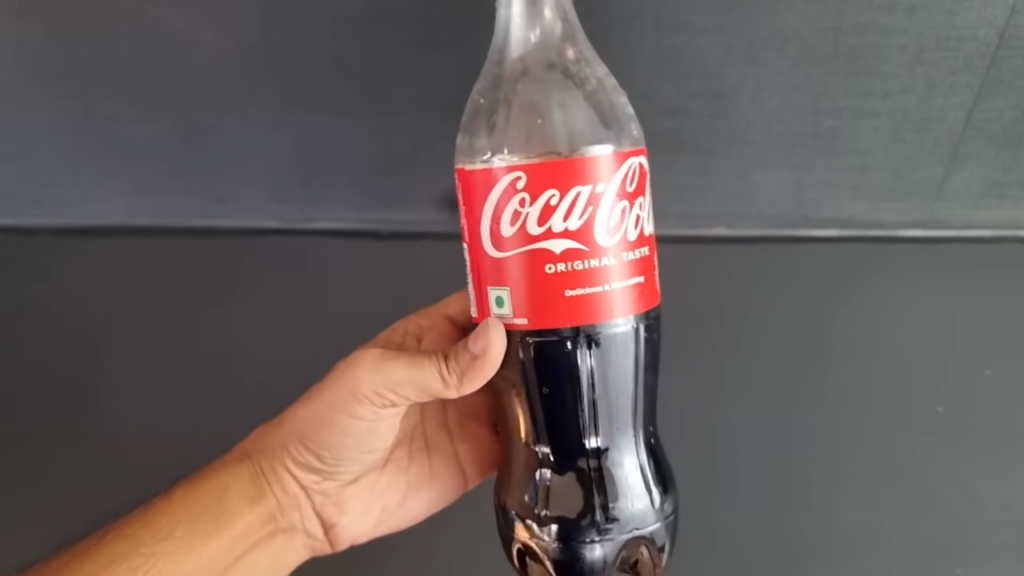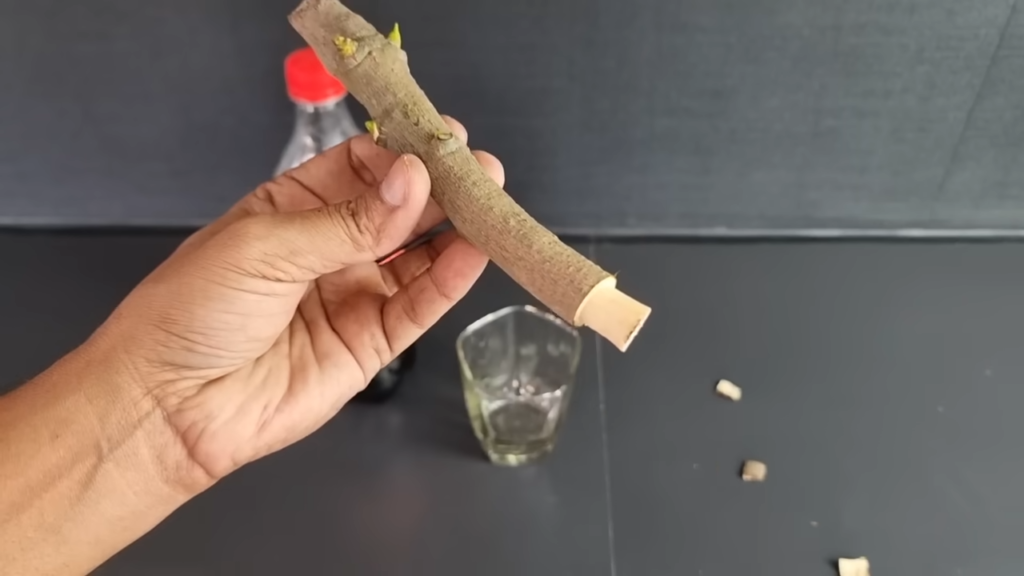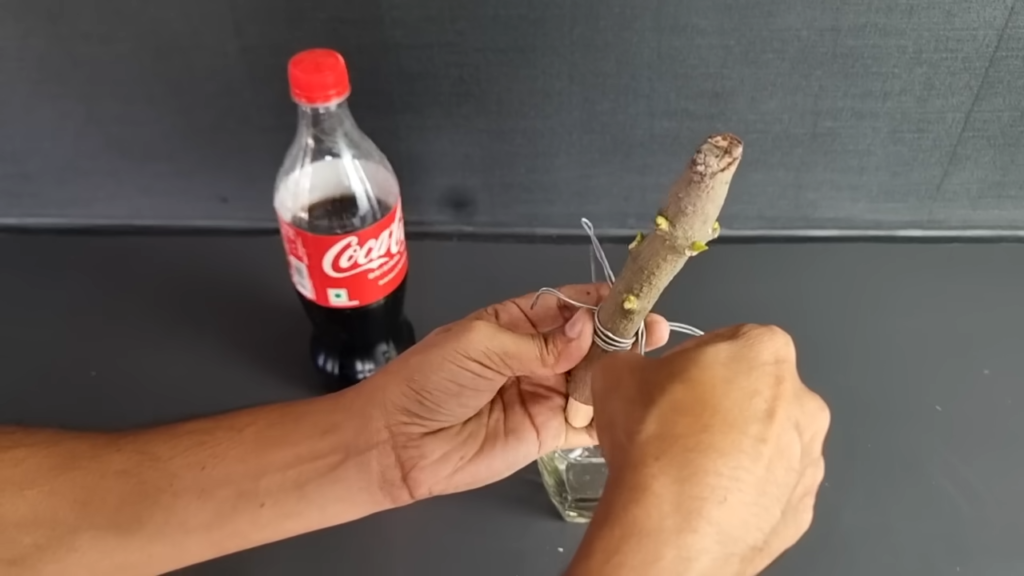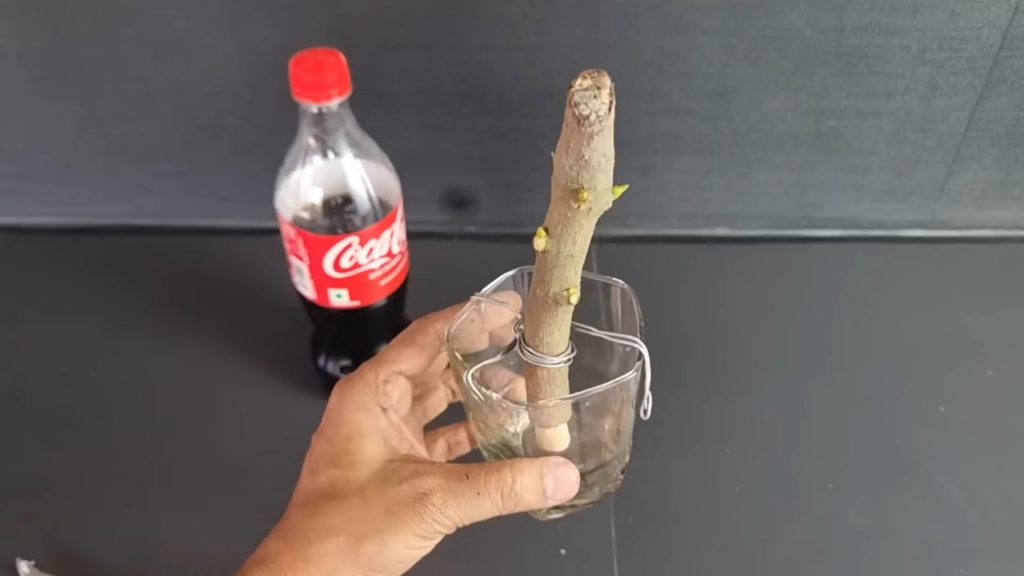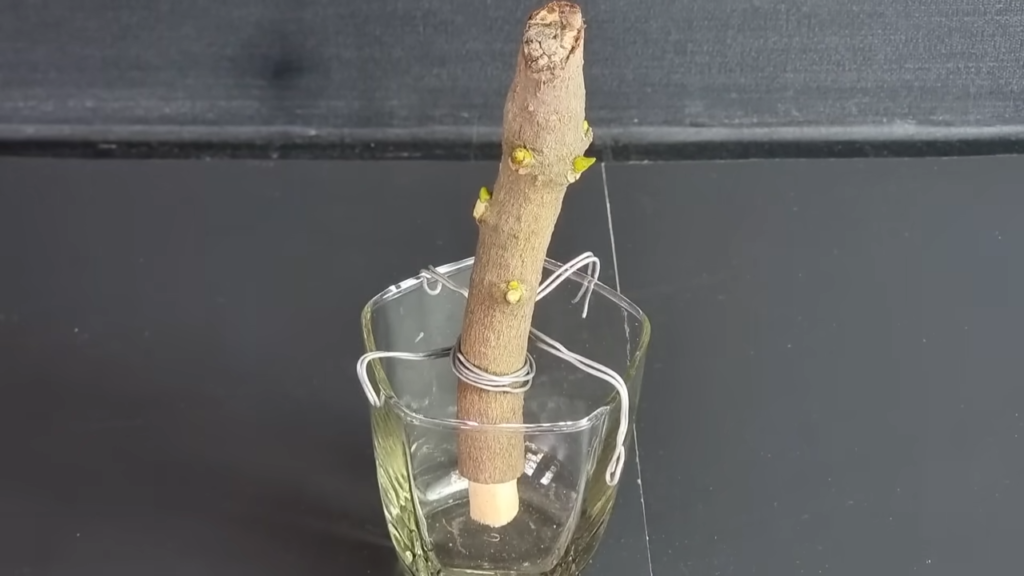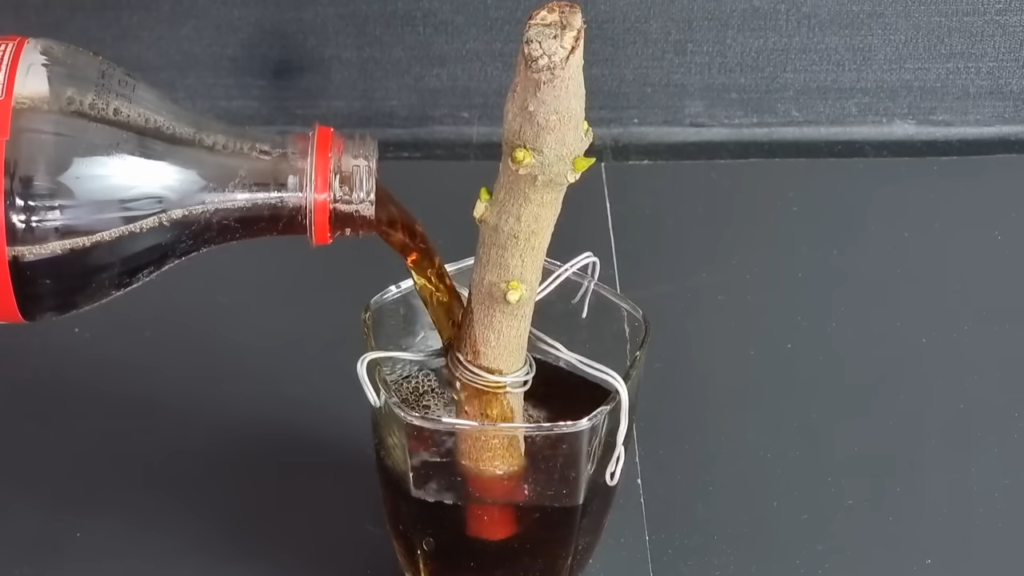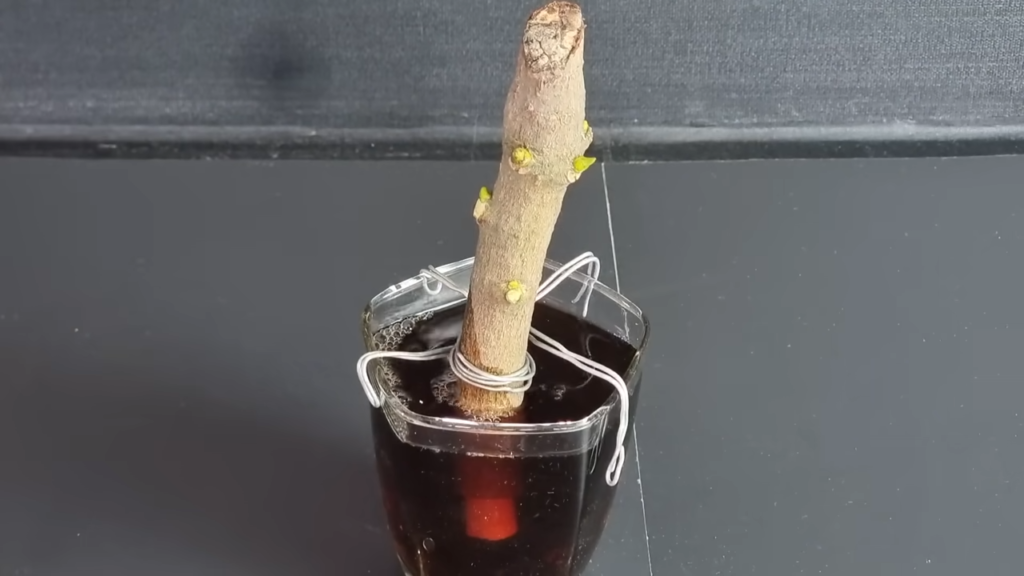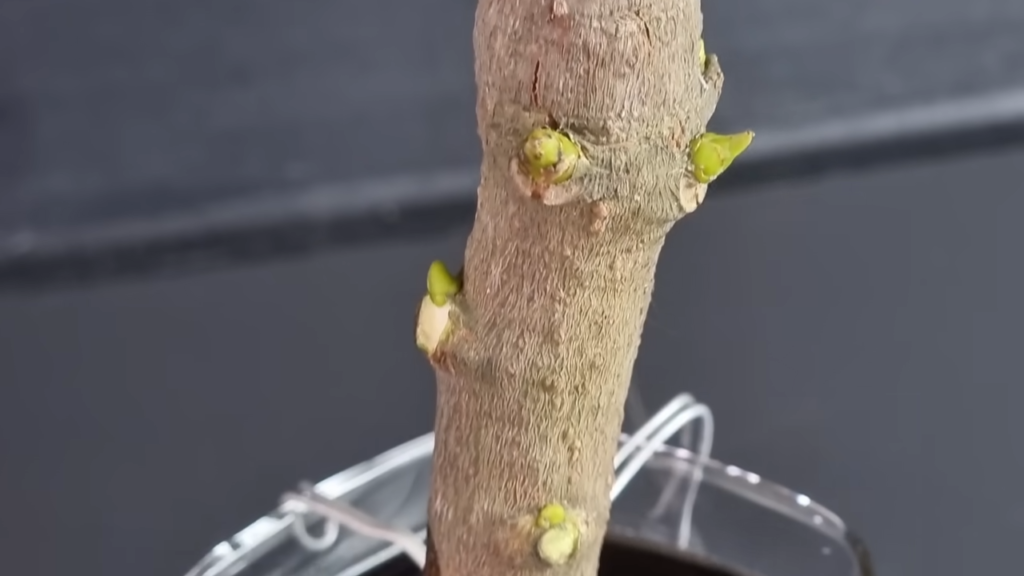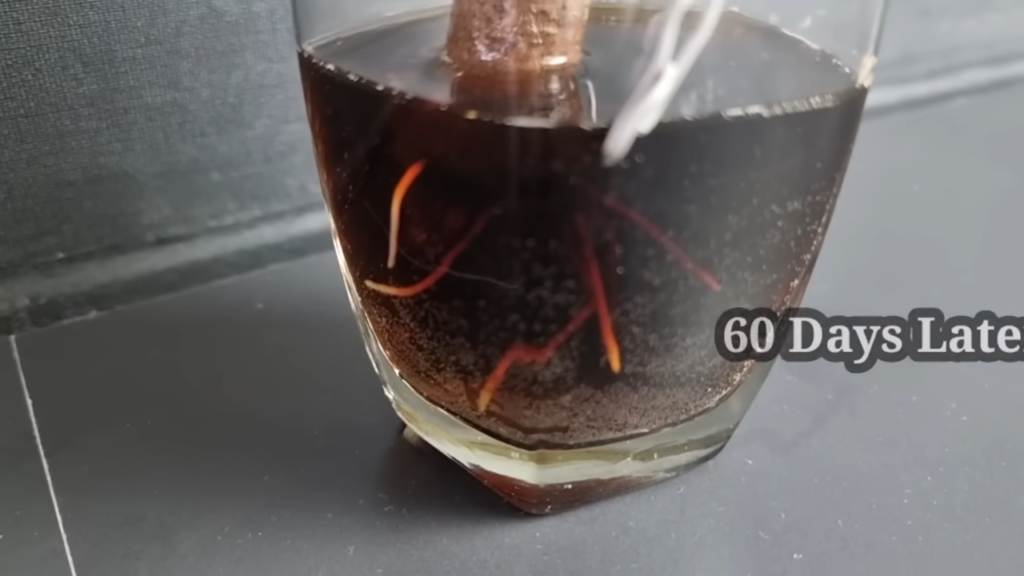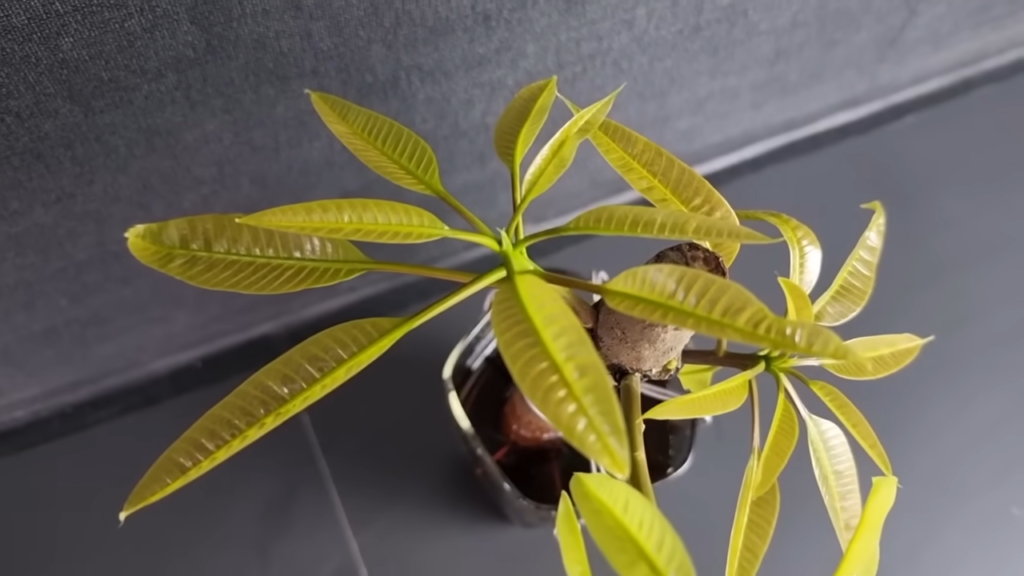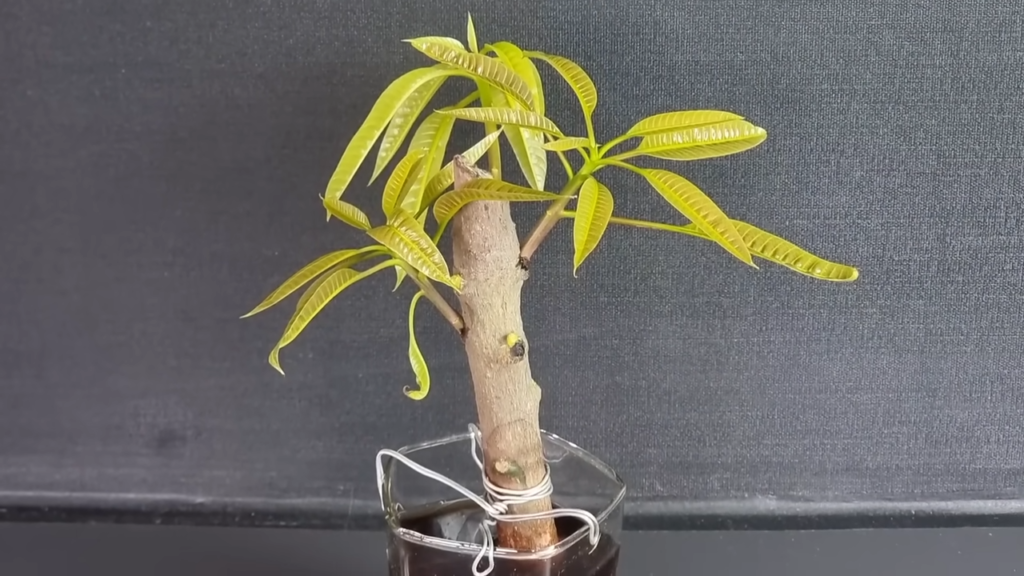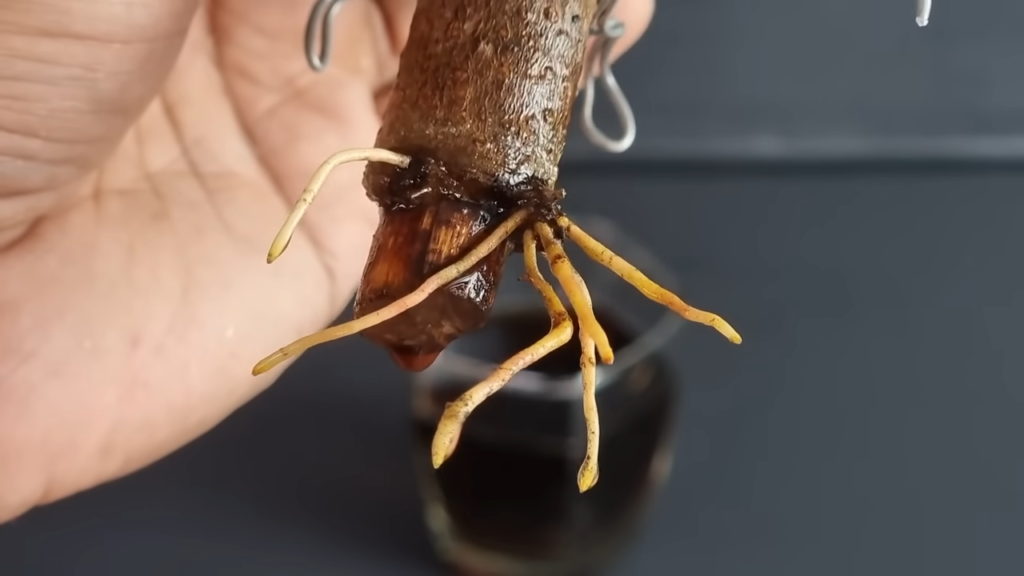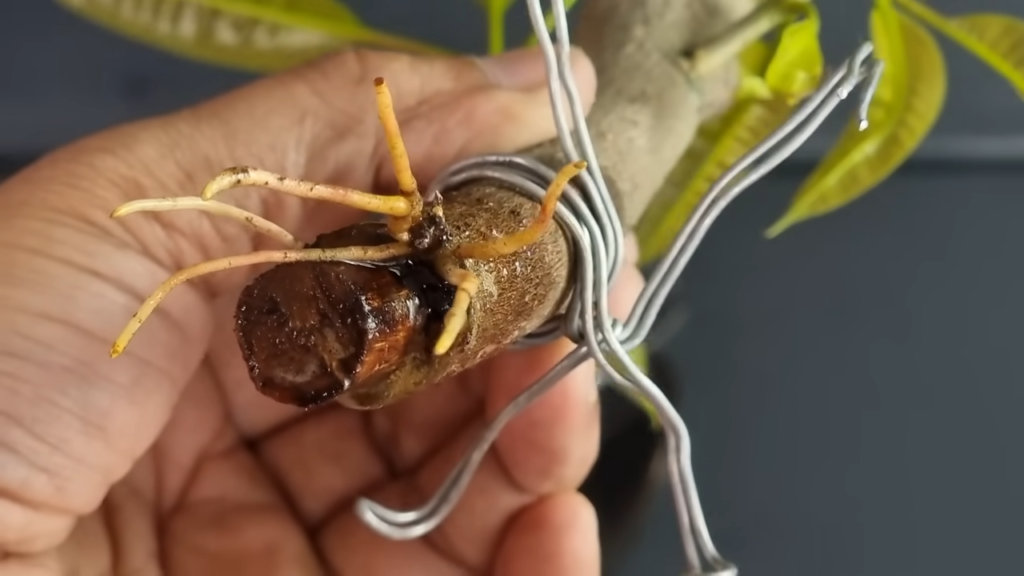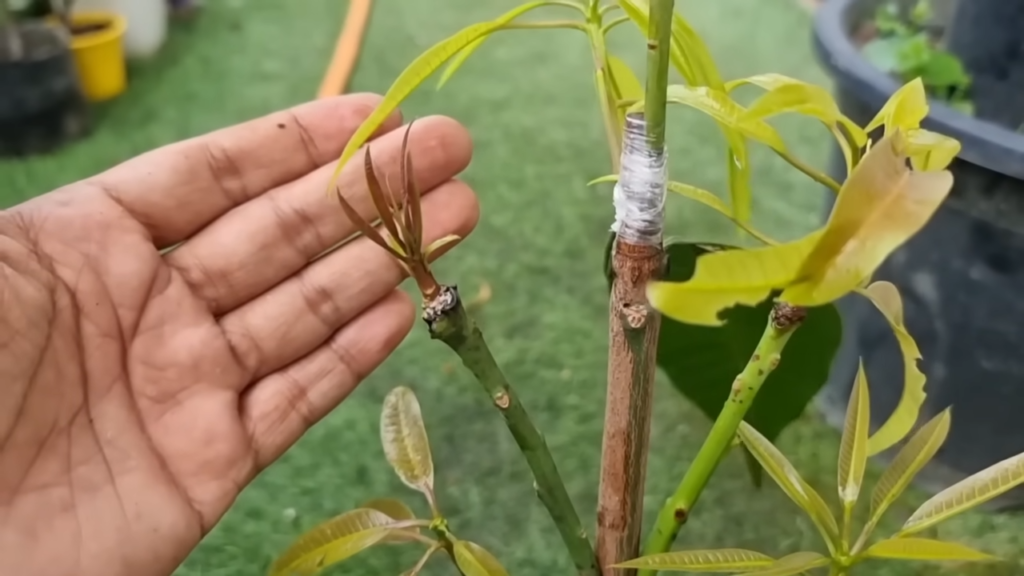The idea of growing a mango tree from a cutting in Coca-Cola is a unique experiment, but it’s essential to understand that while Coca-Cola contains some nutrients and sugars that may potentially aid plant growth, it’s not a scientifically proven method for successful propagation. Additionally, Coca-Cola contains other ingredients like caffeine and phosphoric acid, which may not be beneficial for plant growth in the long term and could even be harmful.
However, if you’re interested in conducting this experiment, here’s a general outline of how you might proceed:
Materials:
- Healthy mango tree branch or cutting
- Coca-Cola (regular, not diet or zero)
- Pot or container with drainage holes
- Potting soil or a mix of sand and peat
- Plastic bag or plastic wrap
- Rubber band or string
- Watering can
Procedure:
- Prepare the Cutting:
- Take a healthy cutting from a mature mango tree. It should be about 1 foot long and include several leaf nodes.
- Prepare the Pot:
- Fill a pot or container with well-draining potting soil or a mix of sand and peat.
- Plant the Cutting:
- Plant the mango cutting in the pot, burying it deep enough to cover at least one leaf node. Ensure the soil is firmly packed around the cutting.
- Add Coca-Cola:
- Pour Coca-Cola into the pot until the soil is saturated. The Coca-Cola should be enough to cover the base of the cutting.
- Create a Mini Greenhouse:
- Cover the pot with a plastic bag or plastic wrap to create a humid environment. Secure the plastic around the pot using a rubber band or string.
- Place in a Suitable Location:
- Put the pot in a warm, sunny location where it will receive indirect sunlight. Avoid placing it in direct sunlight, as this may cause the soil to dry out too quickly.
- Monitor and Water:
- Check the cutting regularly to ensure that the soil remains moist. If the soil dries out, water the cutting with more Coca-Cola or plain water as needed.
- Observe Growth:
- Over the following weeks, monitor the cutting for signs of root development and new growth. Be patient, as it may take some time for roots to form and for the cutting to establish itself.
- Transplanting:
- Once the cutting has established roots and shows significant new growth, it can be transplanted into a larger pot or directly into the ground.
Keep in mind that this experiment may or may not yield successful results, and it’s primarily for educational or entertainment purposes. For more reliable methods of propagating mango trees, it’s recommended to follow standard horticultural practices.
